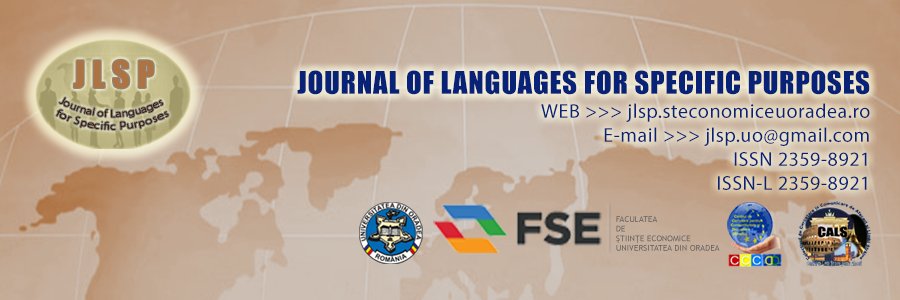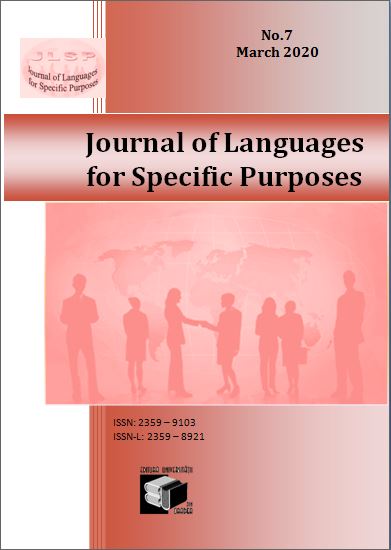Gentlemen`s Agreement Gilded Age
Japan was prepared to limit immigration to the United States, but was seriously injured by San Francisco`s discriminatory law, which specifically targeted its people. President Roosevelt, who wanted to maintain good relations with Japan as a pole opposed to Russian expansion in the Far East, intervened. While the U.S. ambassador reassured the Japanese government, Roosevelt summoned the mayor and the San Francisco school board to the White House in February 1907 and convinced him to end segregation and promised that the federal government itself would address the issue of immigration. On February 24, the gentlemen`s agreement was reached with Japan in the form of a Japanese memo, in which it was agreed to deny passports to workers wishing to enter the United States and to recognize the right of the United States to exclude Japanese immigrants with passports initially issued to other countries. March 13, 1907 followed the formal withdrawal of the San Francisco School Board`s decision. A final Japanese note, dated February 18, 1908, made the gentlemen`s agreement fully effective. The agreement was replaced by the Immigration Exclusion Act of 1924. Concessions were agreed in a note that, a year later, consisted of six points. The agreement was followed by the admission of Japanese students to public schools. The adoption of the 1907 agreement spurred the arrival of “image marriages,” women who were closed remotely by photos. [11] The creation of distant marital ties allowed women who wanted to emigrate to the United States to obtain a passport, and Japanese workers in America were able to earn a partner of their own nationality. [11] As a result of this provision, which helped to reduce the gender gap in the Community, from a ratio of 7 men per woman in 1910 to less than 2 to 1 in 1920, japan`s population continued to grow despite the immigration restrictions imposed by the agreement.
The gentlemen`s agreement was never enshrined in a law passed by the U.S. Congress, but it was an informal agreement between the United States and Japan, which was implemented by unilateral action by President Roosevelt.





